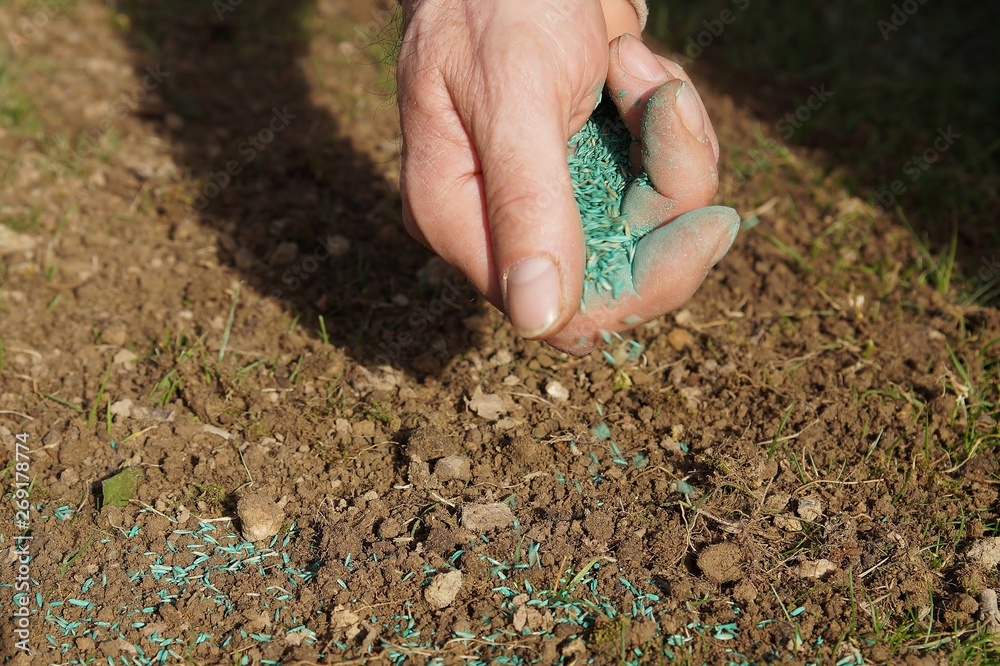In the quest for a lush, vibrant lawn, professional landscapers often seek innovative strategies. One such approach, particularly effective in USDA zones 6a-7a, is dormant seeding. This article explores how dormant seeding can significantly benefit your lawn, offering advantages that surpass traditional overseeding methods.
Understanding Dormant Seeding
Dormant seeding involves sowing grass seed during the colder months when the seed remains inactive until conditions become favorable in spring. This method aligns with the natural cycle of grass growth, allowing seeds to establish robust root systems early in the season.
Key Advantages
Early Establishment
By sowing seeds during dormancy, they are ready to germinate as soon as the soil temperatures rise. This early establishment gives the turf a head start, leading to a thicker, more resilient lawn.
Reduced Weed Competition
Winter sowing means less competition from weeds. With a focus on weed-free growth, dormant seeding ensures that the new grass isn’t fighting for resources, leading to a more uniform lawn.
Better Seed-to-Soil Contact
The natural freeze-thaw cycle of winter in zones 6a-7a helps to work the seeds into the soil, ensuring better seed-to-soil contact. This natural process can be more effective than manual raking or rolling seen in traditional overseeding.
Efficiency and Time Management
For landscapers, dormant seeding can be a time-efficient strategy. It allows for a more flexible schedule during the busy spring season and ensures that lawns are well-established by summer.
Cost-Effectiveness
Dormant seeding can be more cost-effective than spring seeding. The reduced need for irrigation, fertilizers, and weed control measures during the early stages of growth makes it an economical choice.
Best Practices
To maximize the benefits of dormant seeding in zones 6a-7a, consider the following best practices:
- Choose the right grass seed: Select species that are well-suited to the specific conditions of the area.
- Timing: Seed when the ground is cold enough to prevent germination but before it becomes too hard or snow-covered.
- Soil preparation: Clear the area of leaves and debris to ensure good seed contact with the soil.
- Post-seeding care: While dormant seeding requires less immediate care, be prepared for springtime nurturing to ensure robust growth.
In conclusion, dormant seeding offers a range of benefits for professional landscapers working in zones 6a-7a. Its efficiency, cost-effectiveness, and alignment with natural growth cycles make it an appealing option for achieving a healthy, weed-free lawn. As with any landscaping technique, success lies in understanding the specific needs of the area and adapting practices accordingly.

